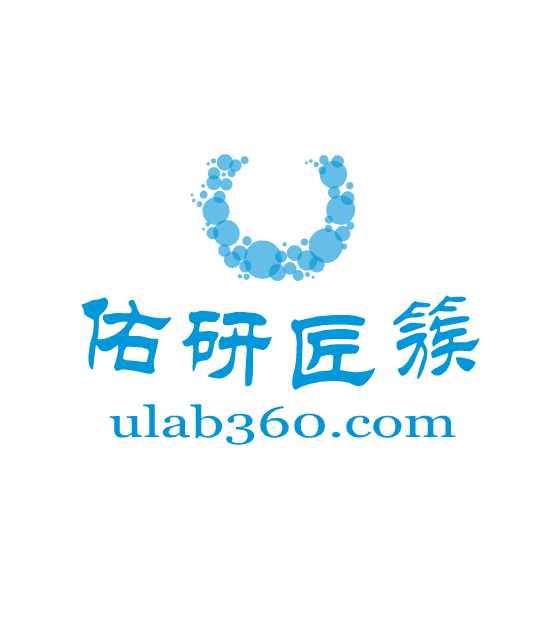描述:
CCL5, also known as RANTES (Regulated upon Activation, Normal T cell Expressed and
presumably Secreted), is an 8 kDa β-chemokine that plays a primary role in the inflammatory
immune response by means of its ability to attract and activate leukocytes. Human and mouse
RANTES exhibit cross-species activity on human and mouse cells. Mature human CCL5 shares
75% 84% aa seqeuence identity with canine, cotton rat, feline, mouse, and rat CCL5. CCL5 is
secreted by many cell types at inflammatory sites, and it exerts a wide range of activities
through the receptors CCR1, CCR3, CCR4, and CCR5. Inflammatory responses can be impaired
by the sequestration of CCL5 by the cytomegalovirus protein US28. In humans, CCR5 binding
to CCL5 inhibits the infectivity of R5 (M-tropic) but not X4 (T-tropic) strains of HIV-1. The two
Nterminal residues of CCL5 can be removed by CD26/DPPIV, generating a protein that
functions as a chemotaxis inhibitor and more effectively blocks M-tropic HIV-1 infection of
monocytes. Oligomerization of CCL5 on glycosaminoglycans is required for CCR1mediated
leukocyte adhesion and activation as well as CCL5’s interaction with the chemokine CXCL4/PF4.
The deposition of CCL5 on activated vascular endothelial cells is crucial for monocyte adhesion
to damaged vasculature, but CCL5 oligomerization is not required for the extravasation of
adherent leukocytes. CCL5 is upregulated in breast cancer and promotes tumor progression
through the attraction of proinflammatory macrophages in addition to its actions on tumor
cells, stromal cells, and the vasculature.
原厂资料:
CCL5, also known as RANTES (Regulated upon Activation, Normal T cell Expressed and
presumably Secreted), is an 8 kDa β-chemokine that plays a primary role in the inflammatory
immune response by means of its ability to attract and activate leukocytes. Human and mouse
RANTES exhibit cross-species activity on human and mouse cells. Mature human CCL5 shares
75% 84% aa seqeuence identity with canine, cotton rat, feline, mouse, and rat CCL5. CCL5 is
secreted by many cell types at inflammatory sites, and it exerts a wide range of activities
through the receptors CCR1, CCR3, CCR4, and CCR5. Inflammatory responses can be impaired
by the sequestration of CCL5 by the cytomegalovirus protein US28. In humans, CCR5 binding
to CCL5 inhibits the infectivity of R5 (M-tropic) but not X4 (T-tropic) strains of HIV-1. The two
Nterminal residues of CCL5 can be removed by CD26/DPPIV, generating a protein that
functions as a chemotaxis inhibitor and more effectively blocks M-tropic HIV-1 infection of
monocytes. Oligomerization of CCL5 on glycosaminoglycans is required for CCR1mediated
leukocyte adhesion and activation as well as CCL5’s interaction with the chemokine CXCL4/PF4.
The deposition of CCL5 on activated vascular endothelial cells is crucial for monocyte adhesion
to damaged vasculature, but CCL5 oligomerization is not required for the extravasation of
adherent leukocytes. CCL5 is upregulated in breast cancer and promotes tumor progression
through the attraction of proinflammatory macrophages in addition to its actions on tumor
cells, stromal cells, and the vasculature.



 京公网安备11010802025653 版权所有:北京逸优科技有限公司
京公网安备11010802025653 版权所有:北京逸优科技有限公司